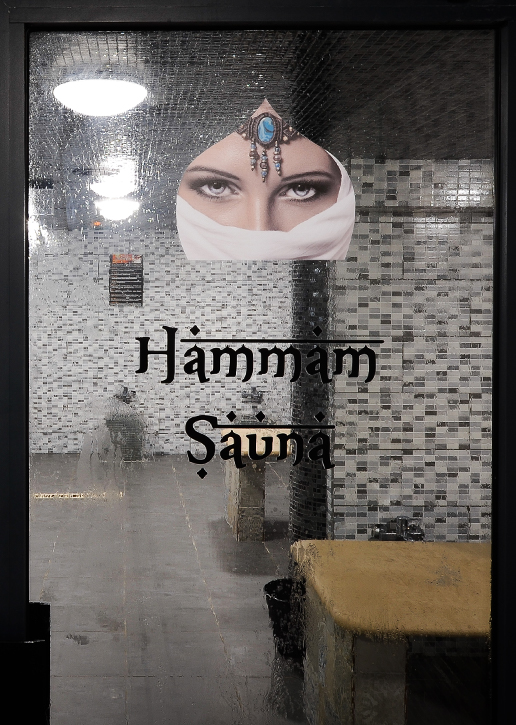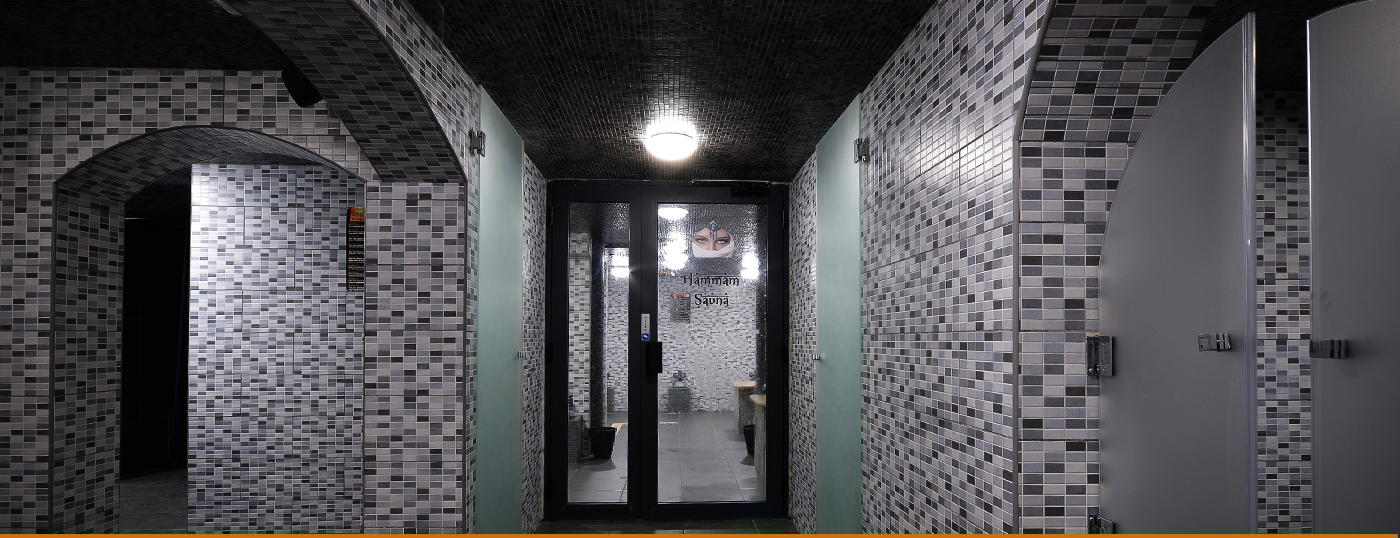

The Hammam’s story
The hammam is a wet steam bath. It consists of three or four rooms, the first at room temperature, the second a little warmer, and the third very hot.
Our Marseille hammam-sauna is a place that respects the ancestral practices of the hammam in the countries that gave birth to it.
Beneficial effects of the hammam ?
The hammam is known for its beneficial virtues on health, it diffuses a humid heat which allows to evacuate stress and toxins by sweating. Under the effect of the hot steam, the pores of the skin dilate, allowing a deep cleansing. An extraordinary moment of relaxation.
History of the hammam
The Hammam, called the “Moorish bath” (in reference to the Muslim Spain of Al-Andalus), has its origins in the Roman and Greek baths. In its present form, the hammam developed in the Ottoman Empire, from the Maghreb countries to the Middle East as a result of the expansion of Islam.
The hammam, together with the mosque and the souk, are constituent elements of the Islamic city. Following the model of the ancient thermal baths and intended for personal hygiene, the hammam plays an important role in Muslim social life.
Just like the Roman baths, the hammam became a place of meeting or quiet retreat where an atmosphere of idleness reigns in a half-darkness.




Composed of 3 “bedrooms” :
– Apodyterium – frigidarium, Cloakroom – recreation room, shower.
– The tepidarium lukewarm transition room.
– The calidarium – sudatorium hot room, sweating.
Normaly under this hot room there is the furnace for heating the slab and the boiling water tank which promotes steam inside the hot room, but in our establishment HAMMAM SAUNA SHERAZADE we have used modern means (i.e. underfloor coil heating).
Le Hammam in the World
Hammams can be found throughout the Middle East and North Africa, from Egypt to Morocco, Algeria, Tunisia and Syria. It plays an important cultural role and as a place for social gatherings and ritual purification.
The Hammam in the MAGHREB
The practice of the Hammam, with scrubbing with black soap is a real ritual, and all categories of society frequent this public place very regularly: men, women and children (every 8 or 10 days).


